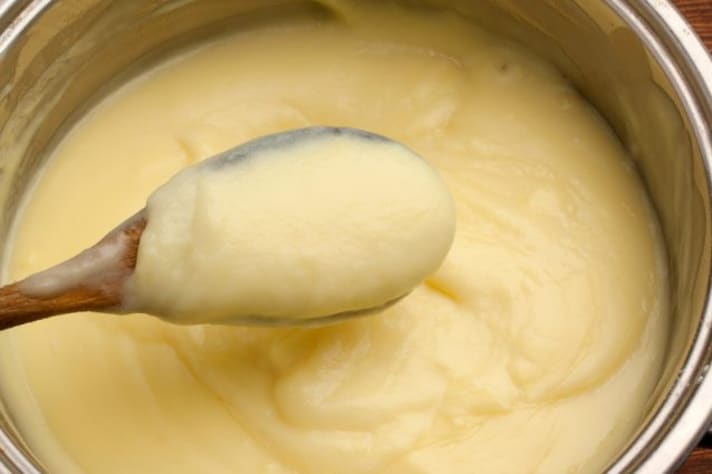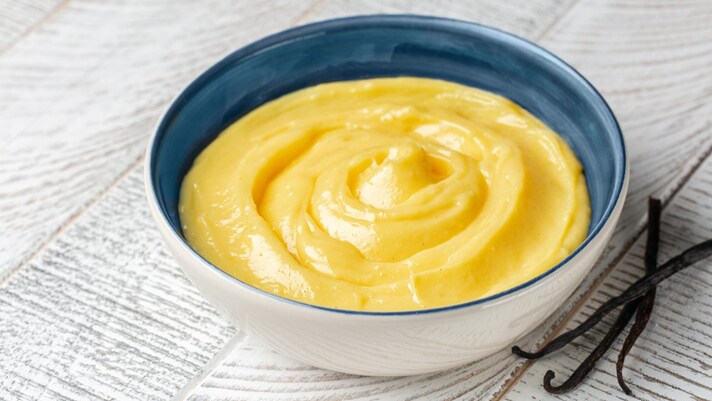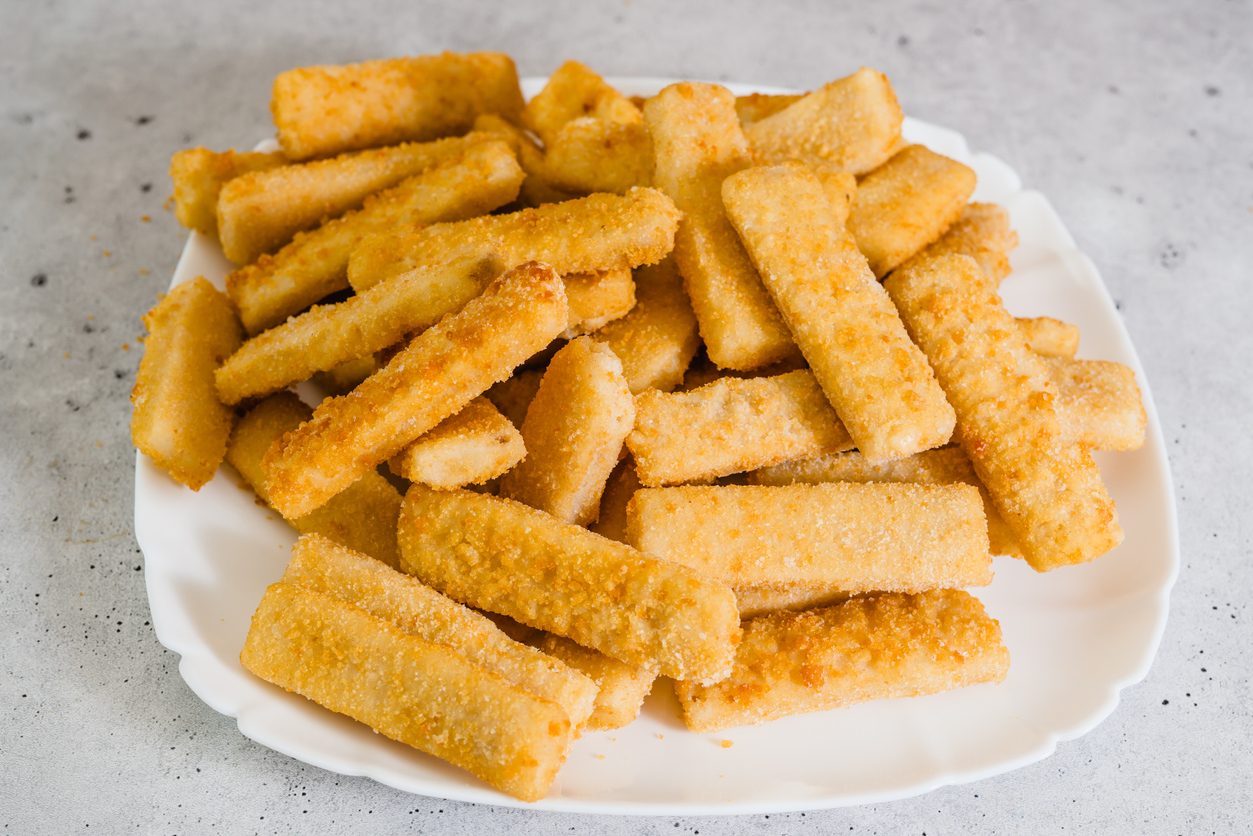Here’s Why You Should Never Let Your Custard Boil
Custard, a creamy blend of eggs, milk, and sugar, is integral to many desserts, from crème brûlée to ice cream. Boiling custard leads to curdling, resulting in a grainy texture and loss of flavor. Proper preparation involves slow heating, avoiding overcooking. Southern boiled custard, despite its name, is gently heated to create a smooth beverage, highlighting the importance of temperature control.

Custard is a creamy, rich mixture made from eggs, milk, sugar, and flavorings such as vanilla. It's a versatile ingredient in many desserts, ranging from pies and tarts to crème brûlée and ice cream. However, one of the biggest mistakes when preparing custard is allowing it to boil, which can ruin its texture and flavor.
Why You Shouldn't Boil Custard
Boiling custard leads to curdling, separating the proteins in the eggs from the milk, resulting in a lumpy, grainy texture. This ruins the smooth, velvety consistency that is the hallmark of a good custard. Additionally, excessive heat causes the custard to lose its delicate balance of flavors, turning it into an unpleasant dish.

What Happens to Custard When Heated
Custard is highly sensitive to temperature changes due to its egg content. When heated gradually over low to medium heat, the proteins in the eggs coagulate evenly, creating a silky texture. Rapid heating or boiling disrupts this process, causing the eggs to overcook and break apart, leading to an unappetizing mess.
How to Prepare Custard Correctly
The correct way to prepare custard involves heating it slowly over low to medium heat, constantly stirring to ensure even cooking and prevent sticking or curdling. A double boiler is often used, allowing for gentle heating to achieve a smooth, cohesive mixture. This process requires patience but yields a deliciously creamy result.

Then, What About Boiled Custard from the South?
Despite its name, Southern boiled custard is not actually boiled. Instead, it's gently heated until thickened, creating a creamy beverage that can be enjoyed on its own or as a dessert topping. The name likely stems from its traditional preparation method, which involved heating over a stove, often resulting in misunderstandings. The key is to keep the heat low, avoiding the pitfalls of curdling or separating, yielding a smooth, delectable treat.
;Resize,width=767;)

;Resize,width=712;)
;Resize,width=712;)
